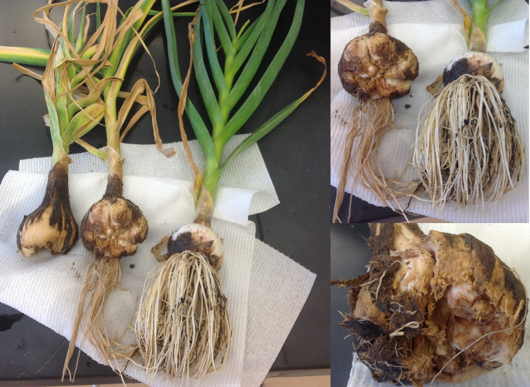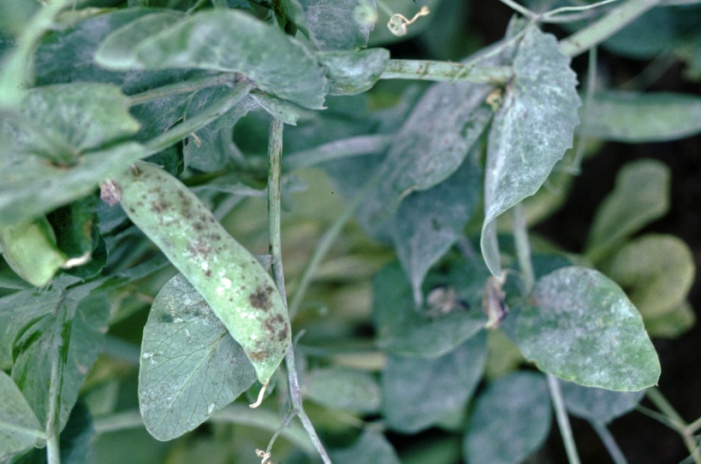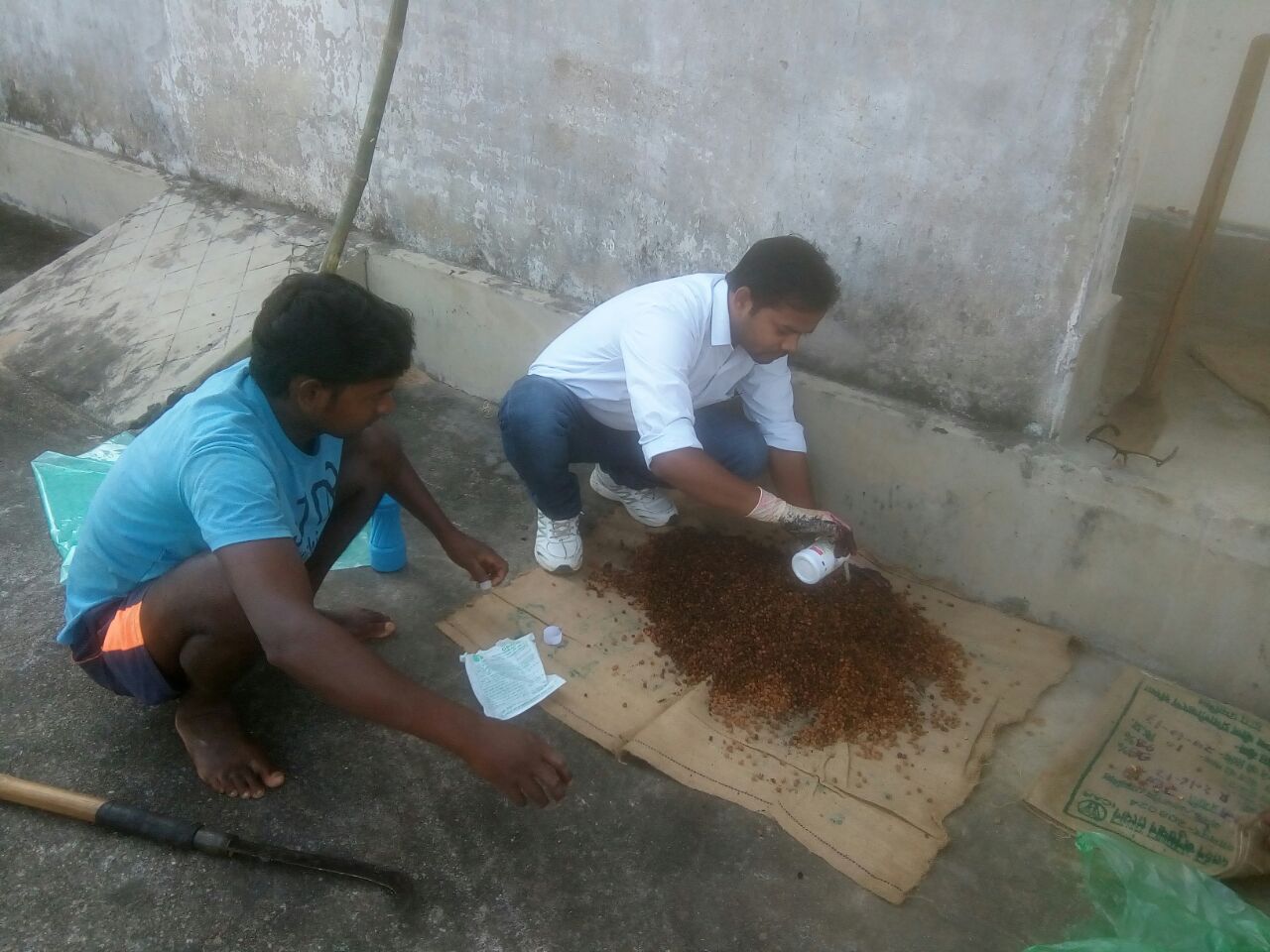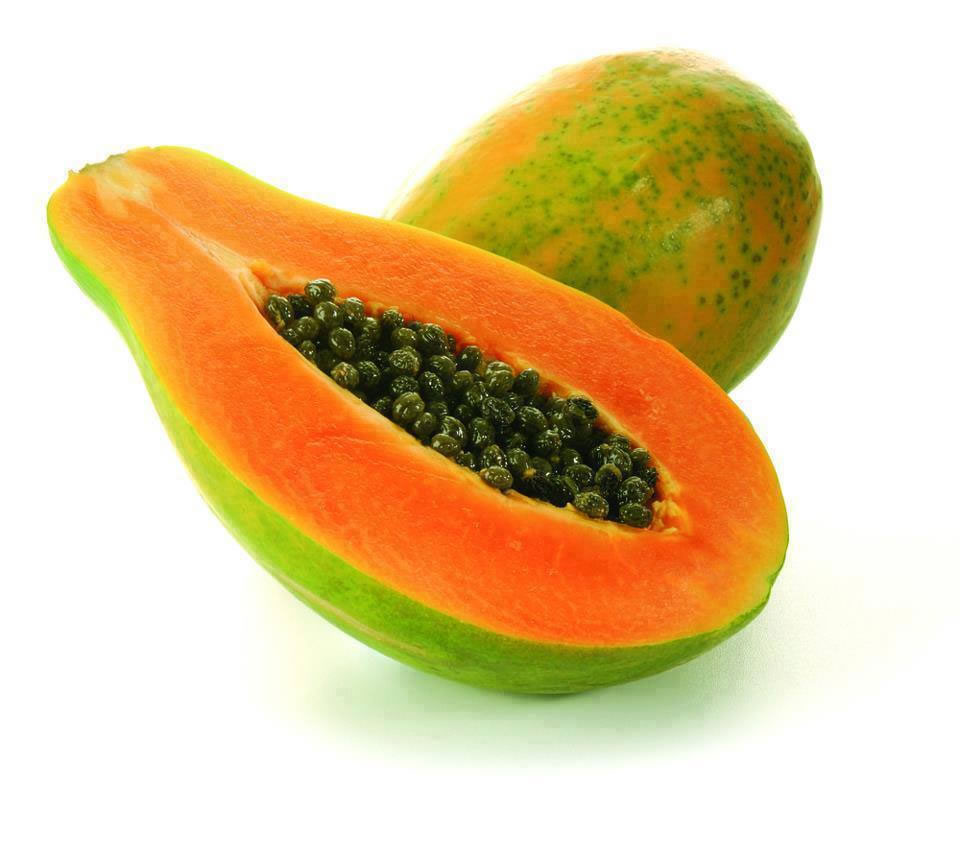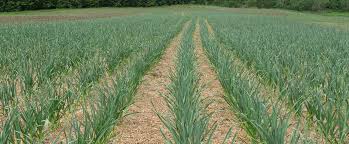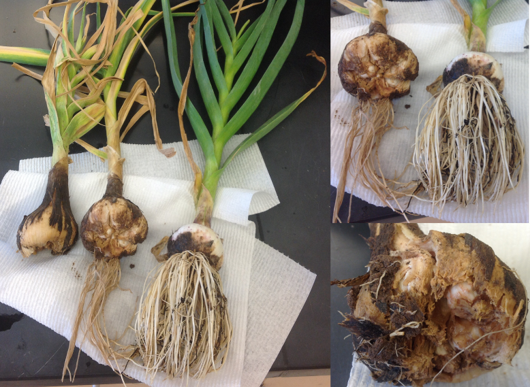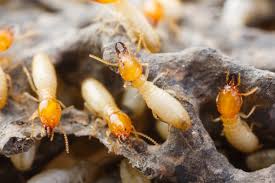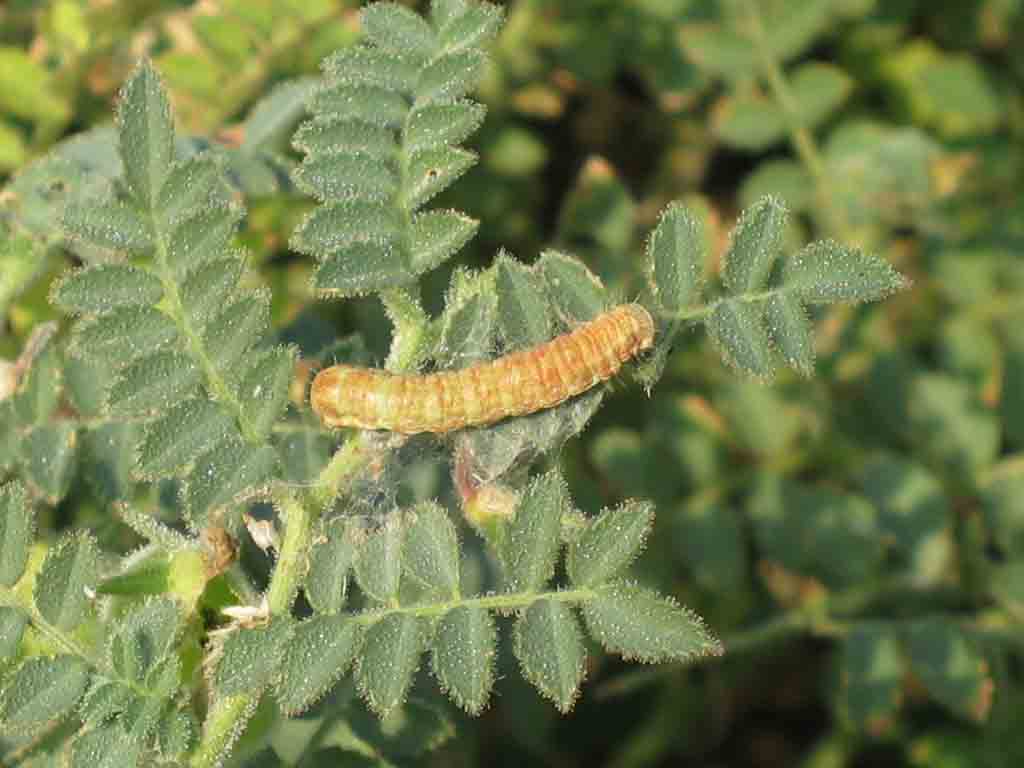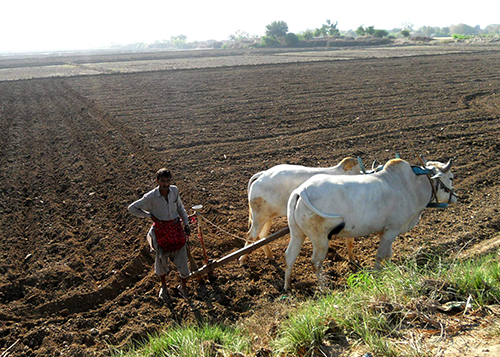- Both adults and immatures feed on the young leaves and between the layers in cloves of Garlic and Onion. Leaves do not open completely.
- The whole plant shows stunting, twisting, curling, and yellow mottling. Mottling is seen mostly on the edges of the leaves.
- Acaricides like Sulphur 80% WP@ 3 Gm per liter of water gives effective control of mites.
- Twice spraying of Propargite 57% EC @ 400 ml/Acre in 7 days interval helps in controlling the pest in the initial stage.
Like and share with other farmers by clicking on the button below.
Share
